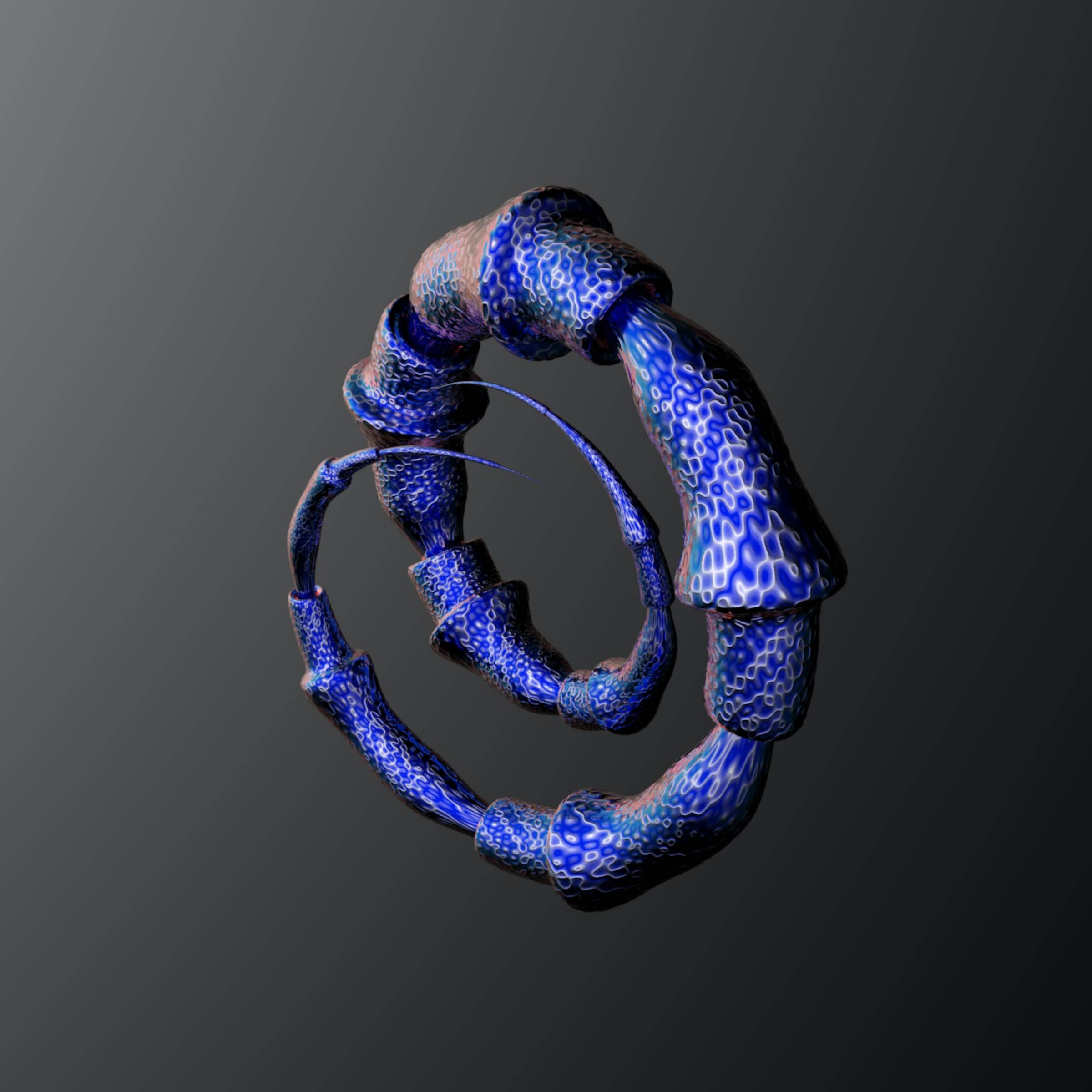

The Art of Persuasion: Mastering Google Ads with Psychological Principles**
The Art of Persuasion: Mastering Google Ads with Psychological Principles**
Unlock the Secrets of User Behavior to Create Ads that Drive Clicks and Conversions**
**
In the digital landscape, where attention spans are fleeting and competition is fierce, crafting compelling Google Ads is more crucial than ever. Understanding the psychology behind user behavior can significantly enhance your ad design, leading to higher click-through rates and conversions. By leveraging psychological principles, you can create ads that resonate with your audience, prompting them to take action. This post dives deep into the psychological aspects of ad design and offers actionable tips for creating Google Ads that not only attract clicks but also convert.
The Power of Visual Hierarchy
Visual hierarchy is a fundamental principle in design that dictates how viewers perceive information. By strategically arranging elements within your ad, you can guide users' eyes to the most important parts of your message.
- Tip: Use contrasting colors to make your call-to-action (CTA) stand out. For instance, a bright button against a muted background can draw attention and encourage clicks.
- Tip: Employ larger fonts for headlines to capture interest quickly. Remember, your headline is often the first thing users will see.
The Impact of Color Psychology
Colors evoke emotions and influence decision-making. Understanding color psychology can help you choose the right palette for your ads.
- Tip: Use red for urgency (think “limited time offer”) or blue for trustworthiness (ideal for financial services).
- Tip: Keep your color scheme consistent with your brand to reinforce recognition and build trust.
Crafting Compelling Copy
The words you choose in your ad copy can make a significant difference in user engagement. Compelling copy creates a connection and encourages users to act.
- Tip: Use persuasive language that speaks directly to your audience's needs and desires. Phrases like “Join thousands of satisfied customers” can create a sense of community and urgency.
- Tip: Incorporate numbers and statistics to add credibility. For example, “Save 30% today!” is more effective than “Save money today!”
The Role of Social Proof
Social proof is a psychological phenomenon where people look to others to determine how to act. Incorporating elements of social proof in your ads can enhance trust and encourage conversions.
- Tip: Include user testimonials or ratings in your ads to showcase positive experiences.
- Tip: Highlight any awards or recognitions your product has received, as this can boost credibility.
“Good design is about making other designers feel like idiots because that idea wasn’t theirs.” — Frank Chimero
This quote encapsulates the essence of effective ad design; it's about creating something that resonates so deeply that it feels intuitive, prompting users to engage without hesitation.
The Importance of A/B Testing
Even the most well-crafted ads can benefit from testing. A/B testing allows you to compare different versions of your ads to see which performs better.
- Tip: Test different headlines, images, and CTAs to find the most effective combination.
- Tip: Analyze the data to understand user behavior and refine your ads continuously.
In the world of Google Ads, understanding the psychology behind user behavior is essential for creating ads that convert. By applying principles like visual hierarchy, color psychology, compelling copy, and social proof, you can design ads that not only attract clicks but also build trust and drive conversions. Remember, the key to successful advertising is not just to be seen, but to be compelling enough to prompt action. Start applying these psychological insights today, and watch your click-through rates soar!
**
Related Posts
© 2025 Invastor. All Rights Reserved

User Comments